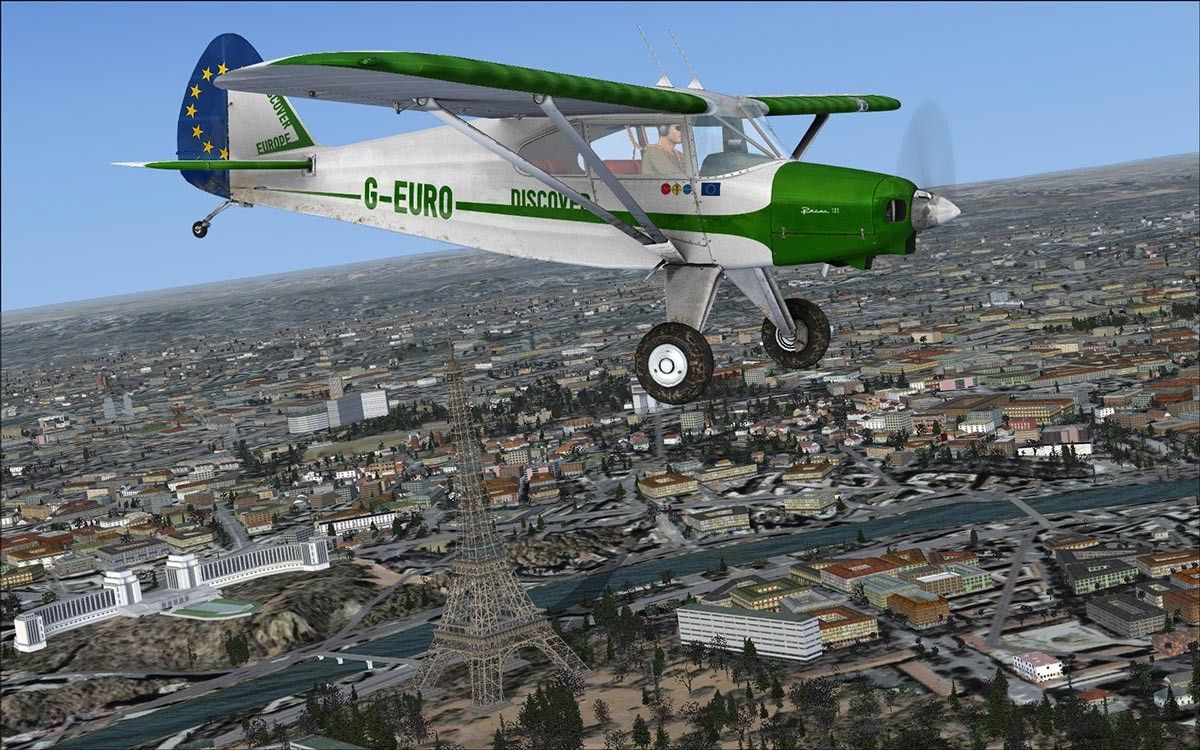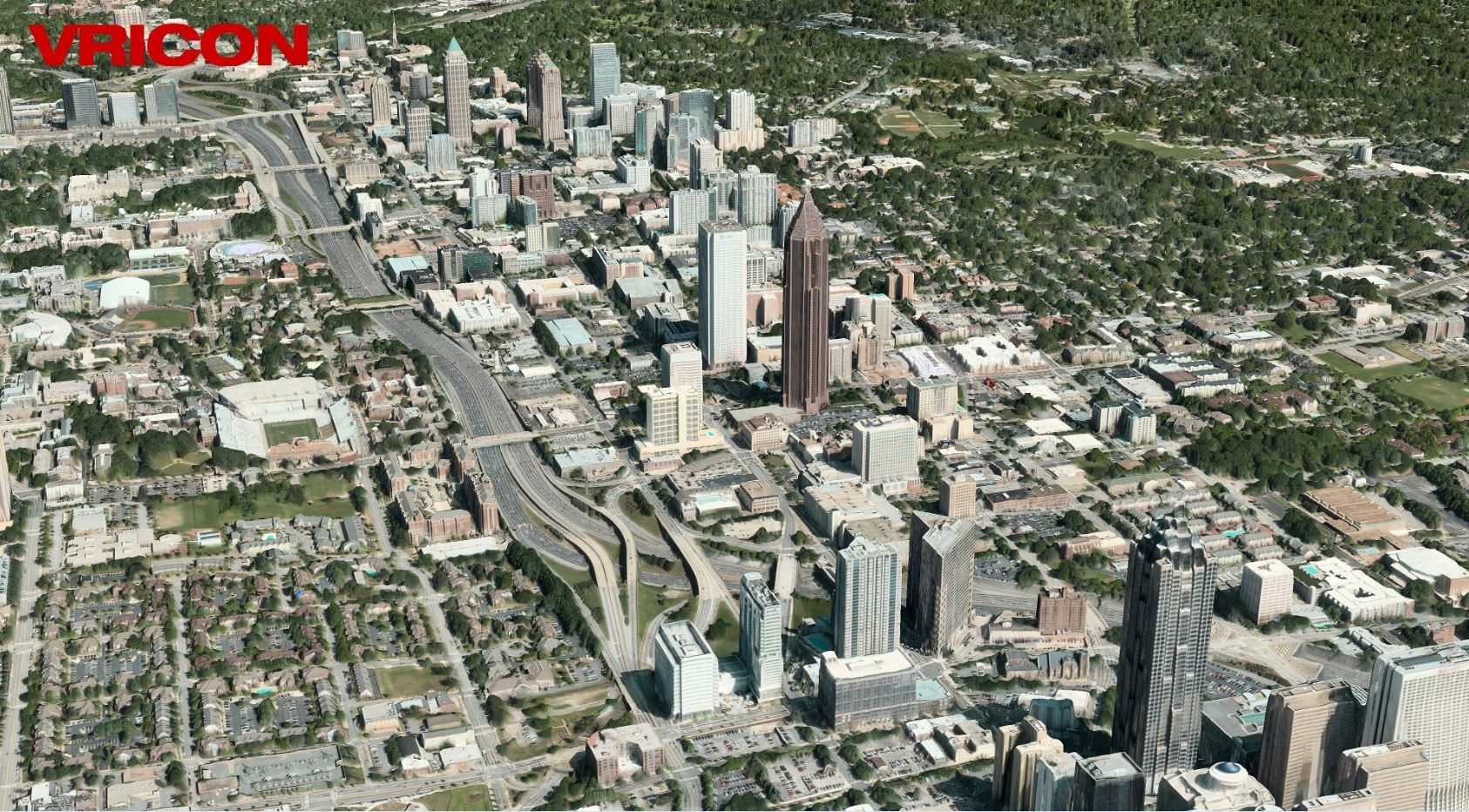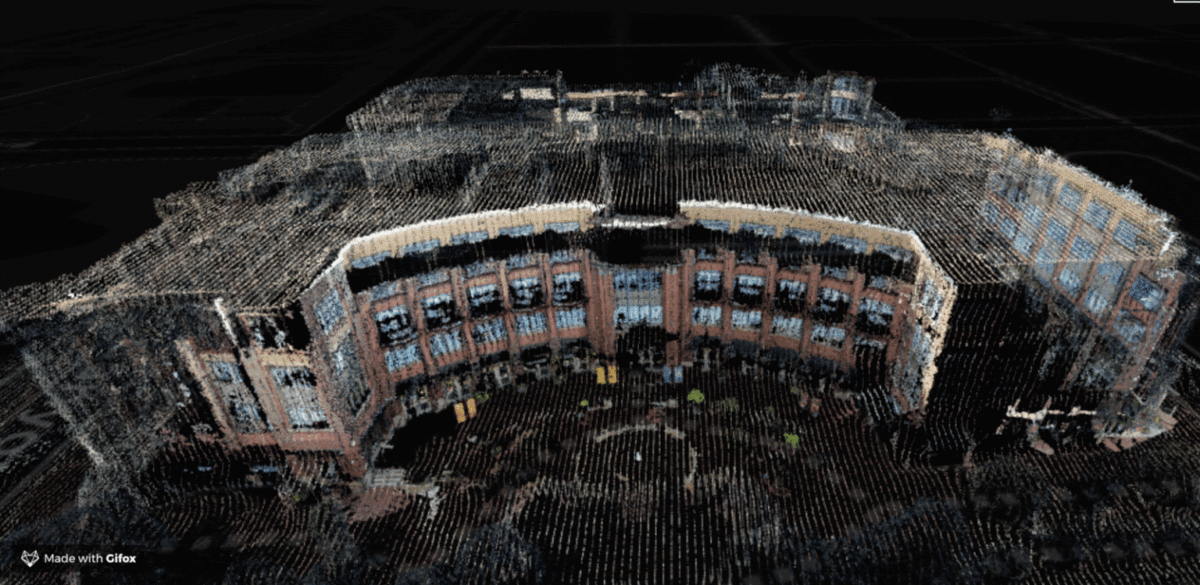Scaling Digital Twins
This article originally appeared on LinkedIn.
Let’s face it, digital twins make sense and there is no arguing their purpose. At least with the urban landscape though, it is very difficult to scale digital twins beyond a section of a city. At Cityzenith we attempted to overcome this need to have 3D buildings all over the world and used a 3rd party service that basically extruded OSM building footprints where they existed. You see this in the Microsoft Flight Simulator worlds that people have been sharing, it looks pretty good from a distance but up close it becomes clear that building footprints are a horrible way to represent a digital twin of the built environment because they are so inaccurate. Every building is not a rectangle and it becomes impossible to perform any analysis on them because they can be off upwards of 300% on their real-world structure.
 Microsoft Flights Simulator created world-wide digital twins at a very rough scale.
Microsoft Flights Simulator created world-wide digital twins at a very rough scale.
How do you scale this problem, creating 3D buildings for EVERYWHERE? Even Google was unable to do this, they tried to get people to create accurate 3D buildings with Sketchup but that failed, and they tossed the product over to Trimble where it has gotten back to its roots in the AEC space. If Google can’t do it who can?
Vricon, who was a JV between Maxar and Saab but recently absorbed by Maxar completely, gives a picture into how this can be done. Being able to identify buildings, extract their shape, drape imagery over them, and then continue to monitor change over the years as additions, renovations, and even rooftop changes are identified. There is no other way I can see that we can have worldwide digital twins other than using satellite imagery.
 Vricon is uniquely positioned to create on demand Digital Twins world-wide.
Vricon is uniquely positioned to create on demand Digital Twins world-wide.
Companies such as Pixel8 also play a part in this. I’ve already talked about how this can be accomplished on my blog; I encourage you to take a quick read on it. The combination of satellite digital twins to cover the world and then using products such as Pixel8 can create that highly detailed ground truth that is needed in urban areas. In the end, you get an up to date, highly accurate 3D model that actually allows detailed analysis of impacts from new buildings or other disruptive changes in cities.
 Hyper-accurate point clouds from imagery, hand-held or via drone.
Hyper-accurate point clouds from imagery, hand-held or via drone.
But to scale out a complete digital twin of the world at scale, the only way to accomplish this is through satellite imagery. Maxar and others are already using ML to find buildings and discover if they have changed over time. Coupled with the technology that Vricon brings inside Maxar, I can see them really jump-starting a service of worldwide digital twins. Imagine being able to bring accurate building models into your analysis or products that not only are hyper-accurate compared to extruded footprints but are updated regularly based on the satellite imagery collected.
That sounds like the perfect world, Digital Twins as a Service.